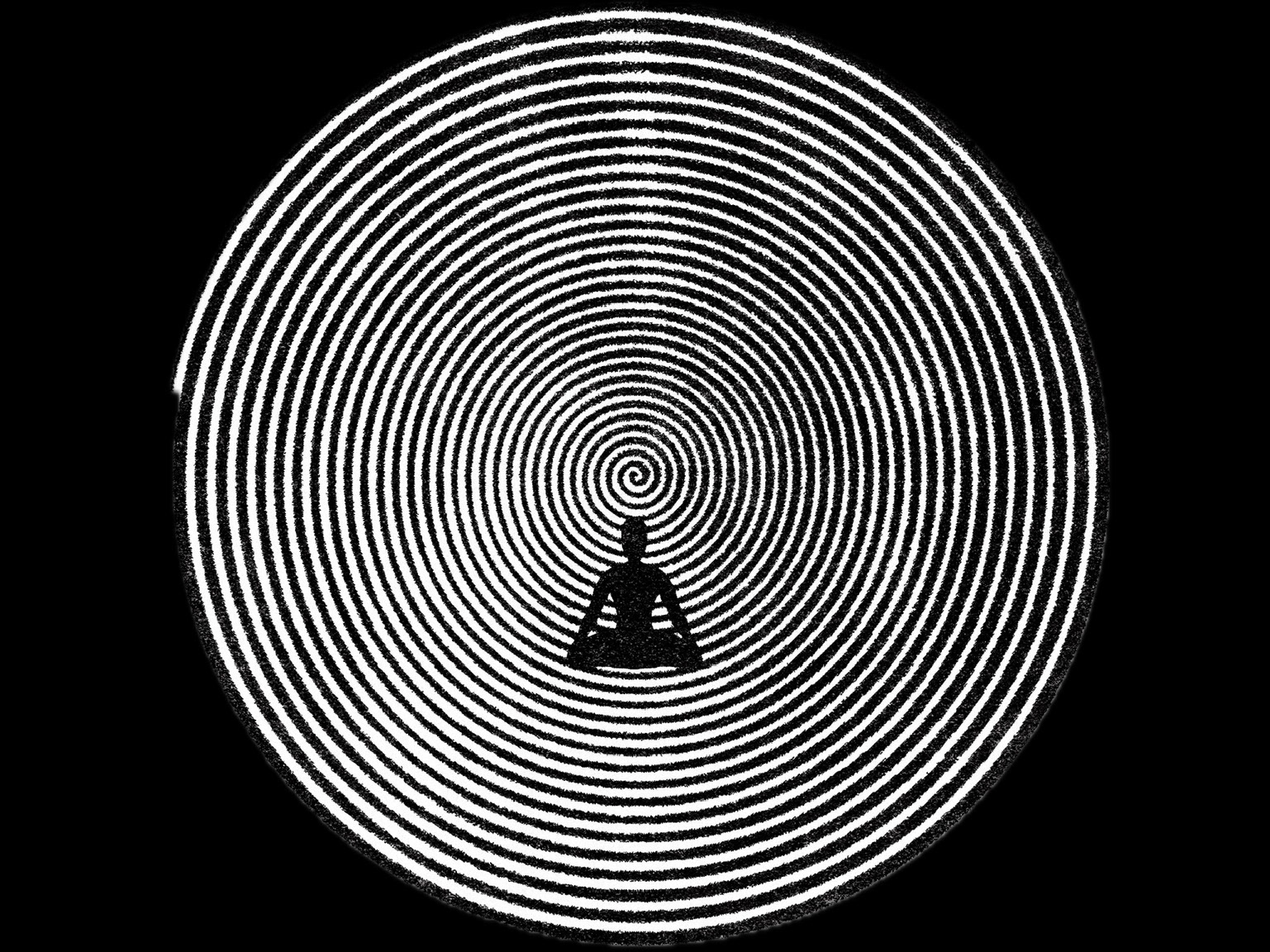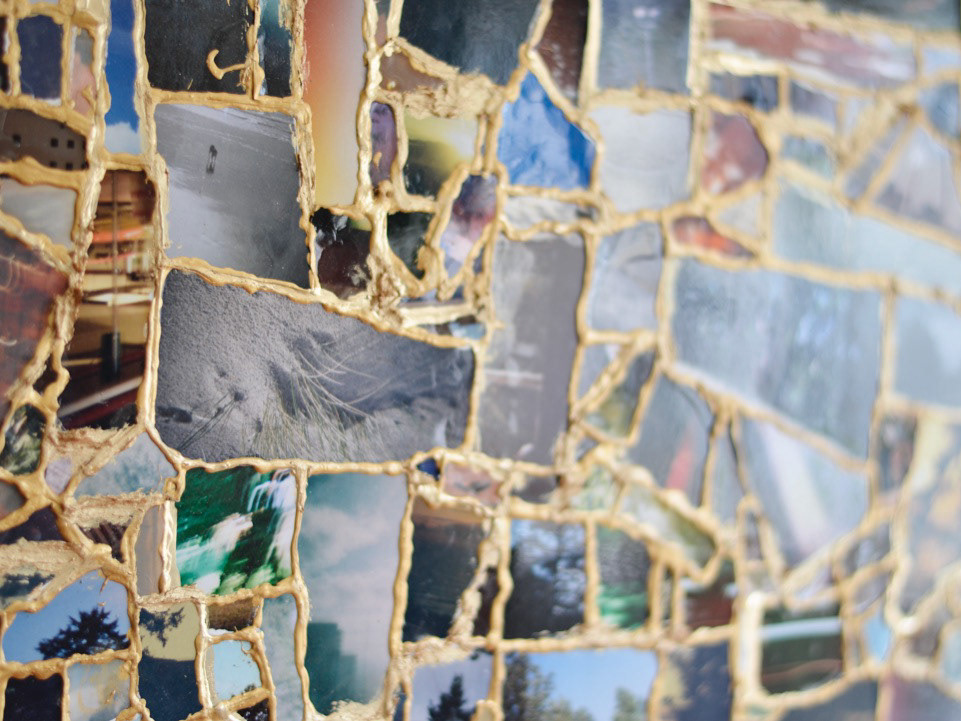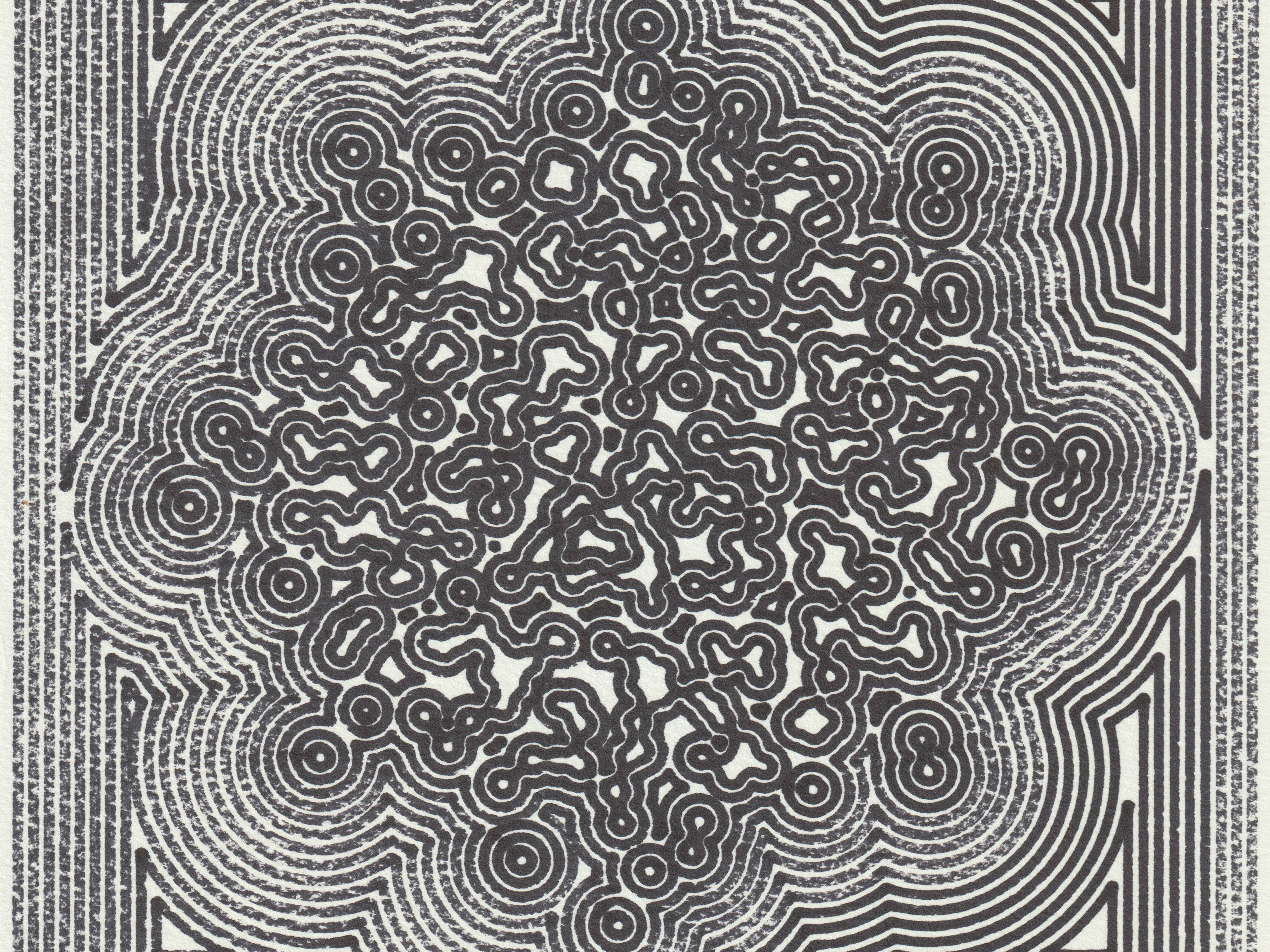Expanded Artistic Practice
Seamus Noll’s work operates on a systems-based practice in which the artwork is not a fixed object but the residue of an evolving process mediated by interaction, entropy, and the tension between control and emergence.
A commitment to ecological awareness is embedded throughout my practice. I source local, low-impact materials, repurposes existing substrates, and integrate sustainable production strategies into my workflow. My process mirrors systems in nature - where reuse, entropy, and feedback are not accidents but essential functions of an environment. This material ethos is not merely sustainable; it is conceptual. Each decision about materiality speaks to questions of resourcefulness, care, and the responsibility of the artist within larger ecosystems - both biological and cultural.
The work investigates the delicate balance between order and chaos. Rather than seeking resolution or symmetry, he creates conditions in which unexpected forms can surface. Each project begins with a designed system, be it mechanical, procedural, or narrative which is intentionally vulnerable to drift, decay, and transformation.
In this way, his art becomes an experiment in visual emergence: testing how structure can coexist with randomness, how systems can break beautifully, and how meaning can arise from unanticipated interactions between materials, machines, and memory.


